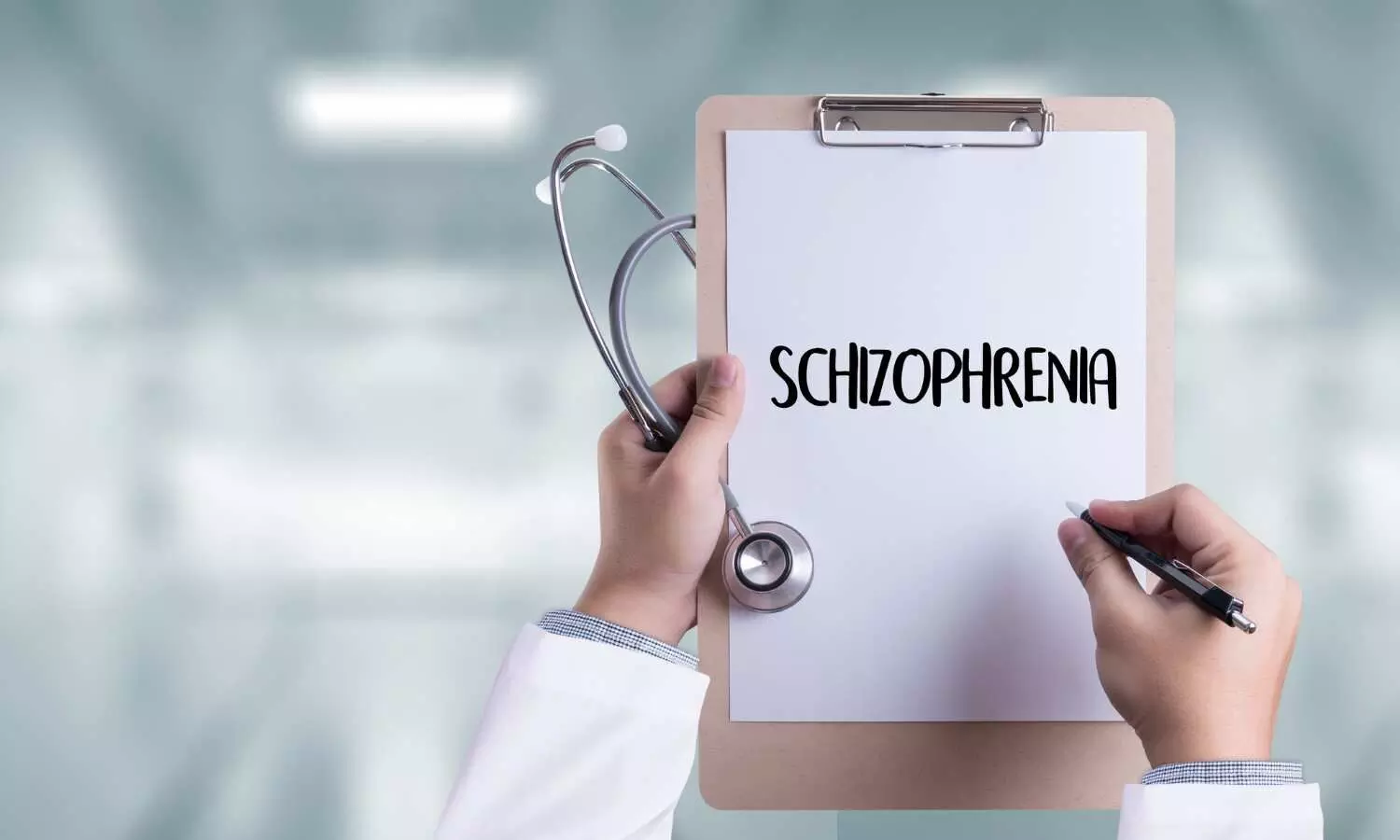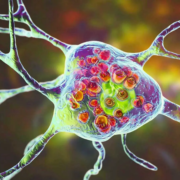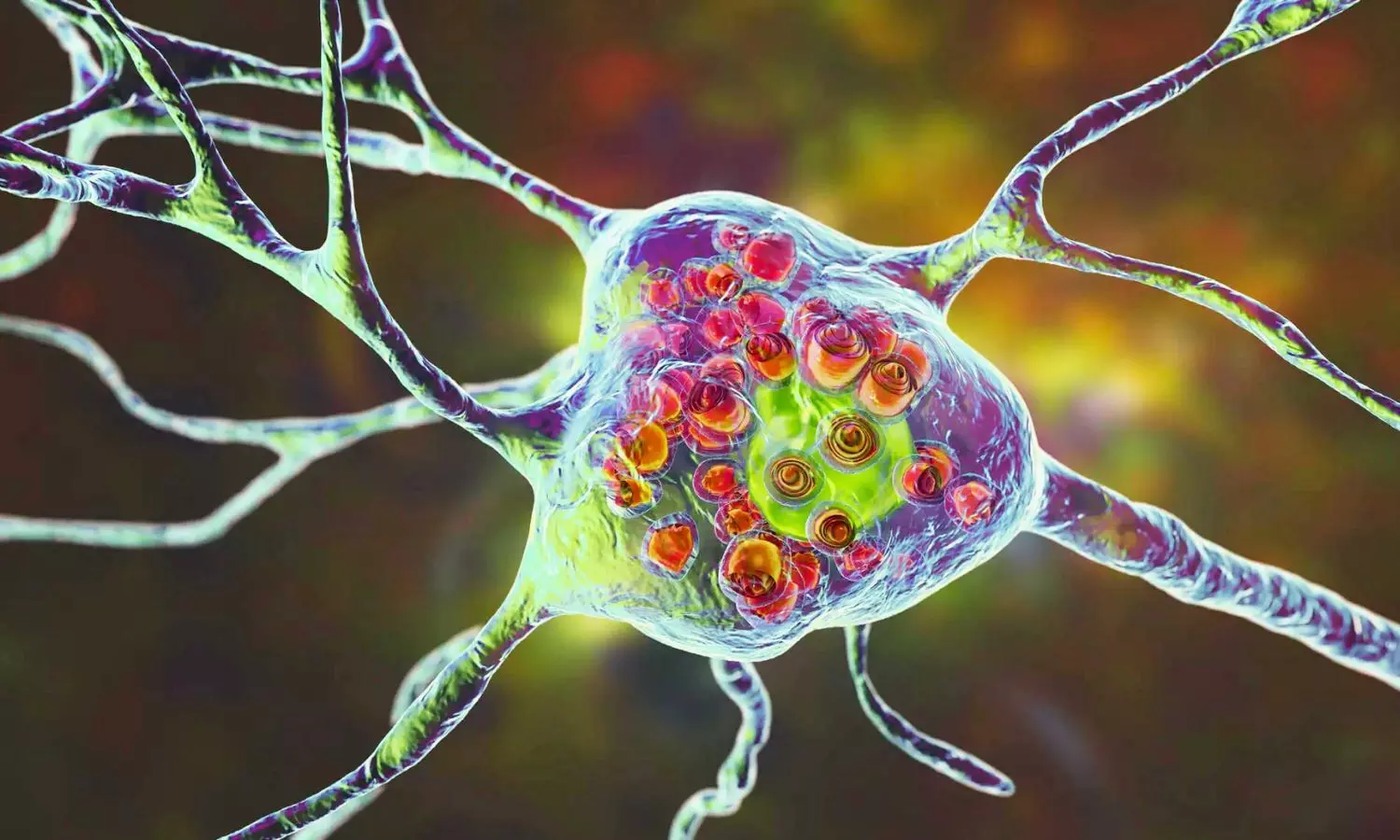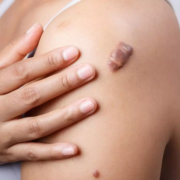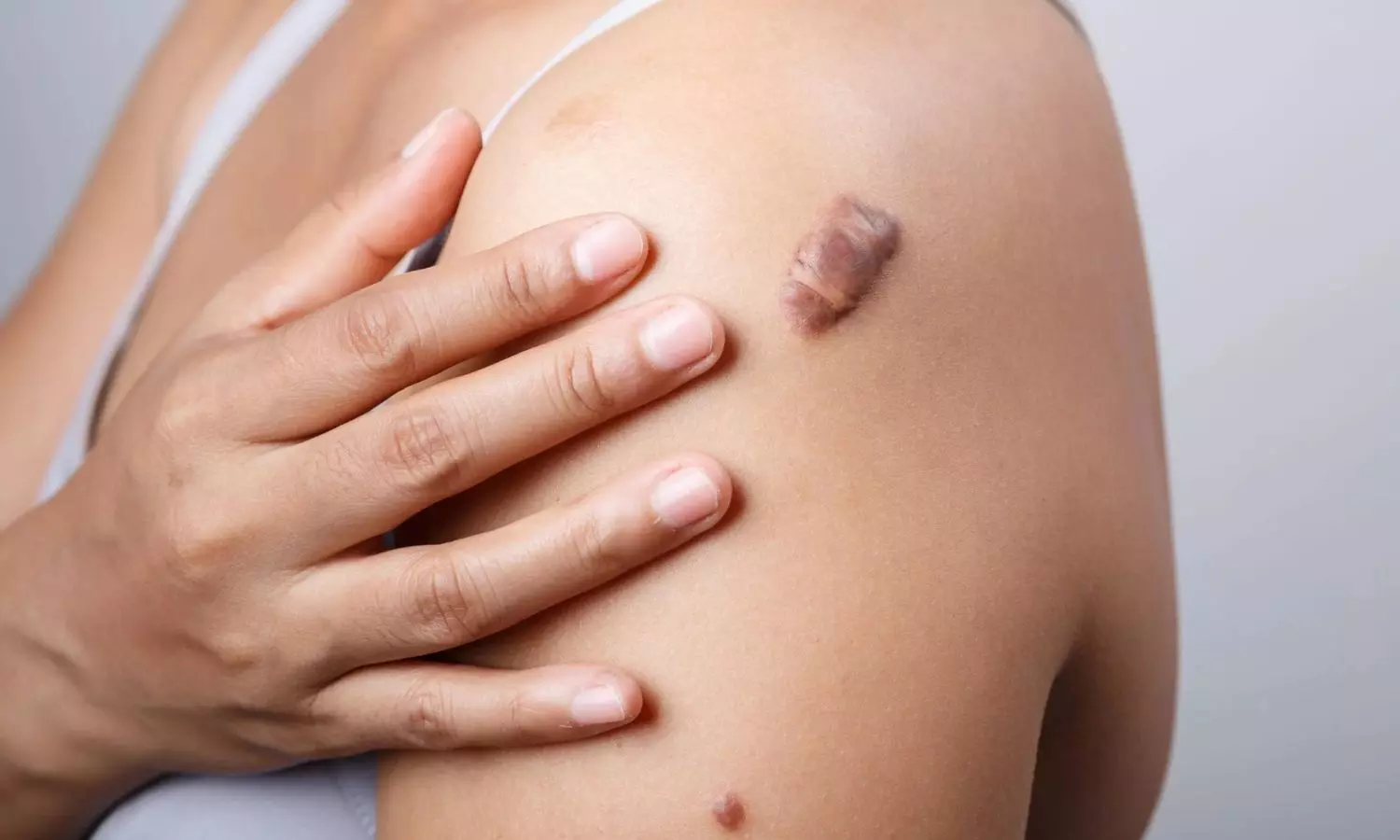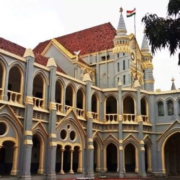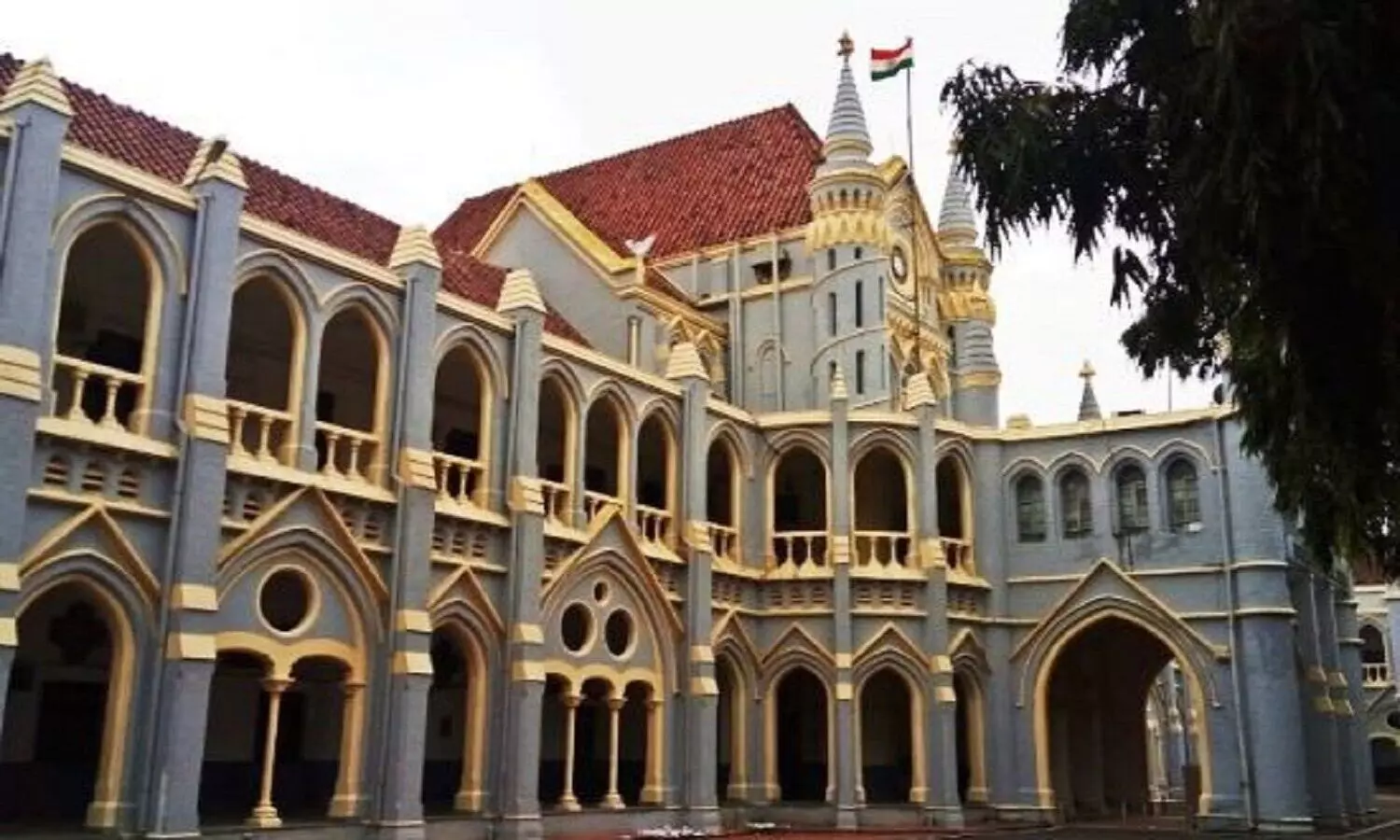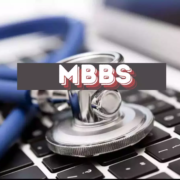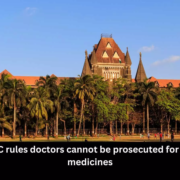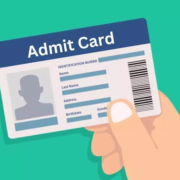New Delhi- For this year’s MBBS admissions, the AIIMS has released the prospectus for candidates detailing the eligibility criteria and admission procedure.
All India Institute of Medical Sciences (AIIMS) has provided instructions on the reporting and admission procedure for candidates who will be allotted to AIIMS-New Delhi as per the result of the 1st round of MBBS-seat allotment by MCC for National Eligibility and Entrance Test-Undergraduate (NEET UG) 2024. Meanwhile, the result of the 1st round of counselling for NEET-UG 2024 will be declared by the MCC on August 23, 2024. AIIMS has released a prospectus detailing the fees, age limit, and qualifications for admission to the AIIMS MBBS course.
As per the instructions, candidates who have been allotted AIIMS-New Delhi are required to report at AIIMS, New Delhi from 24th to 29th August 2024 to complete the admission process. The instructions also include the schedule of graduate counselling activities and the list of documents to be submitted at the time of reporting.
The AIIMS Bachelor of Medicine and Bachelor of Surgery (MBBS) degree lasts a minimum of five and a half academic years, including one year of compulsory internship.
As per the schedule, the graduate counselling activities will commence from August 24, 2024, and continue till September 8, 2024. Below are the detailed activities-
|
S.NO
|
ACTIVITY
|
DATES
|
TIME
|
|
1
|
Verification & submission
of original documents.
|
24th August 2024 to
August, 2024.
|
9.30 to 4.00 P.M. ( for verification and submission of original documents).
Except for GH & Holidays: The timings shall be from 10:00 AM To 2:00 PM.
|
|
2
|
Medical Examination and
submission of Academic
Fees.
|
30th August, 2024.
|
Reporting at 8.30 A.M.
The medical shall be conducted on 30th August 2024 and on the declaration of Medical Fitness, Candidates are required to pay the requisite Academic Fee as provided in the Prospectus.
|
|
3
|
Hostel Accommodation
and Submission of Hostel Fees.
|
315′ August, 2024.
|
After 9:30 A.M. at the Hostel Premises.
|
|
On the declaration of Medical Fitness, the candidate has to deposit the requisite fee for hostel accommodation. Hostel accommodation will be done immediately after the submission of fees.
|
|
4
|
Orientation Programme.
|
2nd September, 2024 to 8th September, 2024.
|
An orientation programme has been arranged for freshers for their welfare at Conference Hall, which is compulsory to attend for all.
The regular classes will start from 9th September 2024.
|
Candidates are also required to bring a list of documents with them on the day of reporting. Below is the list of documents
DOCUMENTS
1 Provisional Seat Allotment Letter from MCC.
2 NEET/NTA Scorecard — original print, not photocopy.
3 NTA Admit card — original print, not photocopy.
4 Five Passport size Photographs.
5 Identity Proof (Aadhar Card/ Election Card/Passport or any photo identity proof issued by the Government of India).
6 Certificate of having passed the 10+2 or equivalent Examinations, showing the subject offered by him/her in the Examination.
7 Certificate from the Board from which he/she passed the High School/Higher Secondary Examination, showing his/her date of birth.
8 Certificate/Mark sheet from the Board from which he/she passed the 10+2 or equivalent Examination showing that he/she has secured 60% or more marks (50% in case of SC/ST/Persons & 45% for person with Benchmark Disability) in aggregate in English, Physics, Chemistry and Biology.
9 Migration Certificate from the University/Board last attended by him/her which is applicable only to candidates belonging to Scheduled Caste/Tribe/OBC/EWS/ OPH Category.
However, the candidates who will join the MBBS course at AIIMS, New Delhi, his/her Original certificates will be retained and the same will not be returned to the candidate before completion of the course.
CRITERIA FOR OTHER BACKWARD CLASSES (NON-CREAMY LAYER) [OBC]
Reservation for OBC (Non-Creamy Layer): the certificate must be valid for admission to the Central Government Institute and will be according to the rules of the Government of India. The OBC certificates issued from 1st April 2023 (inclusive) and the start of reporting of Round-1 of the MBBS counselling schedule as notified by (the Medical Counseling Committee for MBBS admission) will be considered valid.
CRITERIA FOR SCHEDULED CASTES / SCHEDULED TRIBES (SC/ST)
Reservation for SC/ST candidates will be according to the rules of the Government of India. Applicants will be required to produce the necessary certificate in the format provided.
CRITERIA FOR PERSONS WITH BENCHMARK DISABILITY (PWBD)
In accordance with the provisions of the Rights of Persons with Disabilities Act, 2016, 5% of seats of the annual sanctioned intake capacity shall be filled up by candidates with benchmark disabilities, based on the merit list of Entrance Examination 2021. For this purpose, the Specified Disability contained in the Schedule to the Rights of Persons with Disabilities Act, 2016. The candidate must possess a valid document certifying his/her physical disability. The disability certificate should be certified by a duly constituted and authorized Medical Board of the State or Central Govt. Hospitals/Institutions. All PWBD candidates shall be evaluated by the Medical Board of the Institute to determine eligibility.
Reservation for EWS, the certificate must be valid for admission in Central Government Institutes shall be according to the rules of the Government of India. Applicants will be required to produce the necessary certificate in the format provided at the end of the prospectus in support of his/her claim. The EWS certificates issued from lst April 2023 (inclusive) and the start of reporting of Round-1 of the MBBS counselling schedule as notified by (the Medical Counseling Committee for MBBS admission) will be considered valid.
Meanwhile, to be eligible for admission to the AIIMS MBBS course the candidates should possess the following essential academic qualifications-
1 Candidate Should have passed the 12 Class under the 10+2 Scheme/ Senior School Certificate Examination (CBSE) or Intermediate/Pre-Degree in Science or an equivalent Examination of a recognized University/ Board of any Indian State with ENGLISH, PHYSICS, CHEMISTRY and BIOLOGY as subject. The candidates who have passed 10+2 level with Biology as an additional subject will also be eligible for the MBBS Entrance Examination (as per Hon’ble Delhi High Court Order No.2341/-W/DHC/WRITS/D-1/2019 dated 24/09/2019 in the Writ Petition (C) No. 6773/2019)
2 If the institute has to consider an examination of an Indian university or of a foreign/university to be equivalent to the 12″ class under 10+2 scheme/intermediate science examination, the candidates shall have to produce a certificate from the concerned Indian university/Association of Indian Universities to the effect that the examination passed by him/her is considered to be equivalent to the 12″ class under 10+2 scheme/intermediate science examination.
3 Candidates who have appeared or are appearing at the qualifying Examination with English, Physics, Chemistry and Biology as their main subject and expect to pass the Examination with the required percentage of marks are also eligible to apply in the Competitive Entrance Examination. However, their candidature will be considered only if they provide documentary evidence of having passed the qualifying examination with the required subjects and percentage of marks.
Meanwhile, the general and OBC candidates should obtain 60% and SC/ST candidates should obtain 50% & PWBD candidates should obtain 45% minimum aggregate marks for appearing in this examination. Those with CGPA grades only will have to apply the conversion factor in the application form. The conversion factor should be as approved by their respective examination board.
Moreover, there is no specific quota for OCI & NRI students at AIIMS. Similarly, the Foreign candidates are required to have obtained a minimum of 60% marks in aggregate in the subjects of English, Physics, Chemistry and Biology in their Intermediate/Pre-Degree in Science or an equivalent examination to be eligible for admission to the M.B.B.S. Course at AIIMS, New Delhi. Foreign Nationals who wish to get admitted to the MBBS course at AIIMS, New Delhi have to clear the NEET exam.
FEE DETAILS
Meanwhile, as per the prospectus, for admission into the AIIMS MBBS course, the Indian national candidates have to pay a total of Rs.4228/- and foreign national candidates have to pay Rs.75,000/- which is divided into 3 equal instalments i.e for the pre-clinical phase, para clinical phase and clinical phase of the MBBS course. Payment should be made through cash/card or UPI immediately after the candidate is declared medically fit by the Medical Board of the Institute. Below are the details of the fees for the Indian national candidates-
FEES FOR THE INDIAN NATIONAL CANDIDATES
|
S.NO
|
ACADEMIC & OTHER FEES
|
AMOUNT IN RS
|
HOSTEL & OTHER FEES
|
AMOUNT IN RS
|
|
1
|
Registration Fee
|
25.00
|
Hostel Rent
|
990.00
|
|
2
|
Caution Money
|
100.00
|
Gymkhana Fee
|
220.00
|
|
3
|
Tuition Fee
|
1350.00
|
Pot Found
|
1320.00
|
|
4
|
Laboratory Fee
|
90.00
|
Electricity Charges
|
198.00
|
|
5
|
Student Union Fee
|
63.00
|
Mess Security(Refundable)
|
500.00
|
|
6
|
|
|
Hostel Security (Refundable)
|
1000.00
|
|
TOTAL
|
1628.00
|
TOTAL
|
4228.00
|
A total of 125 seats are available for Indian nationals and 7 seats for foreign nationals for admission to AIIMS MBBS. The candidates willing to take admission in the said course must have attained or will attain the age of 17 years as on 31st December of the admission year (2024). Also, candidates born on or before 31st December 2007 are considered eligible for admission.




